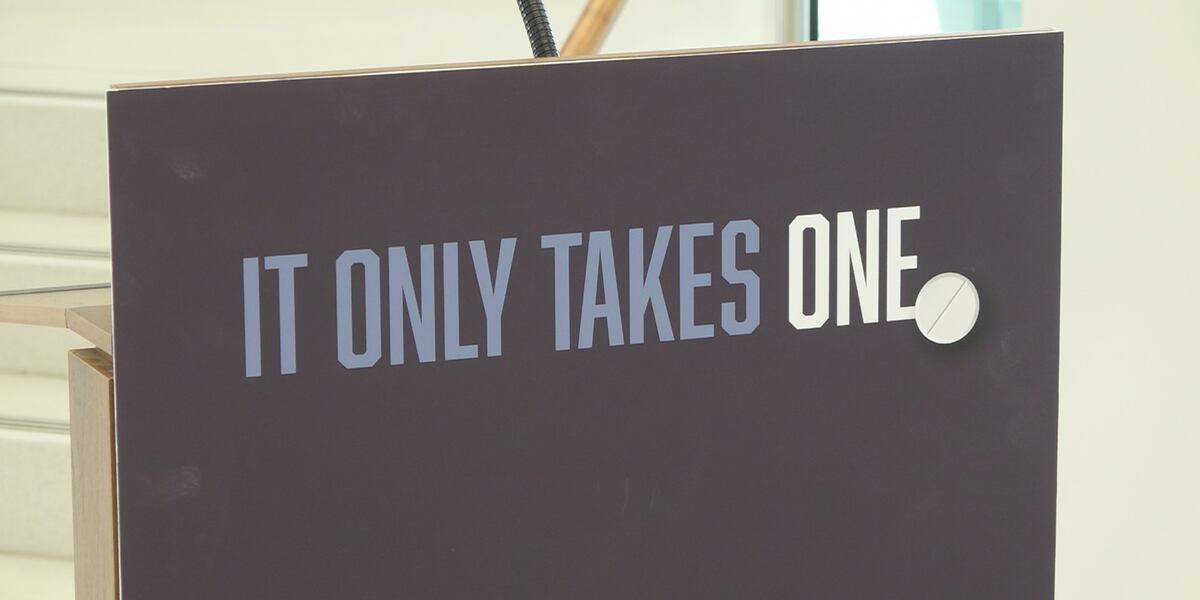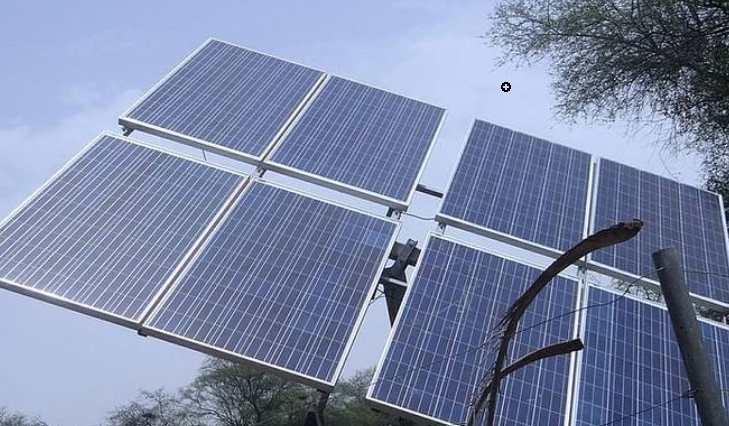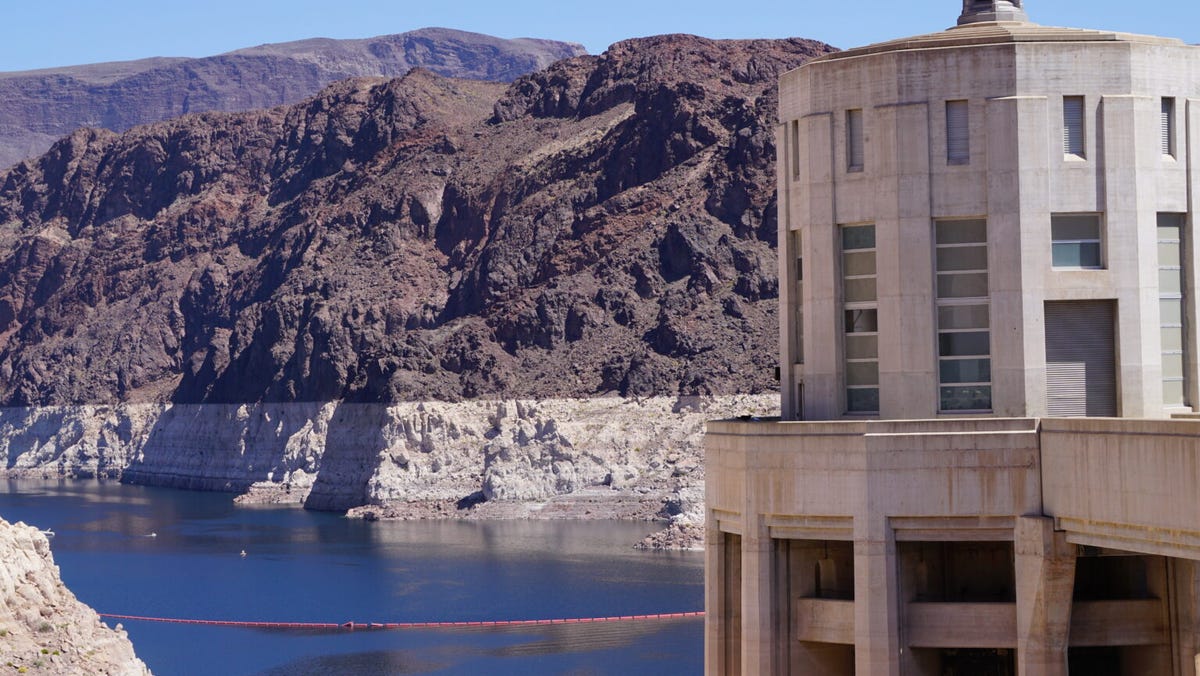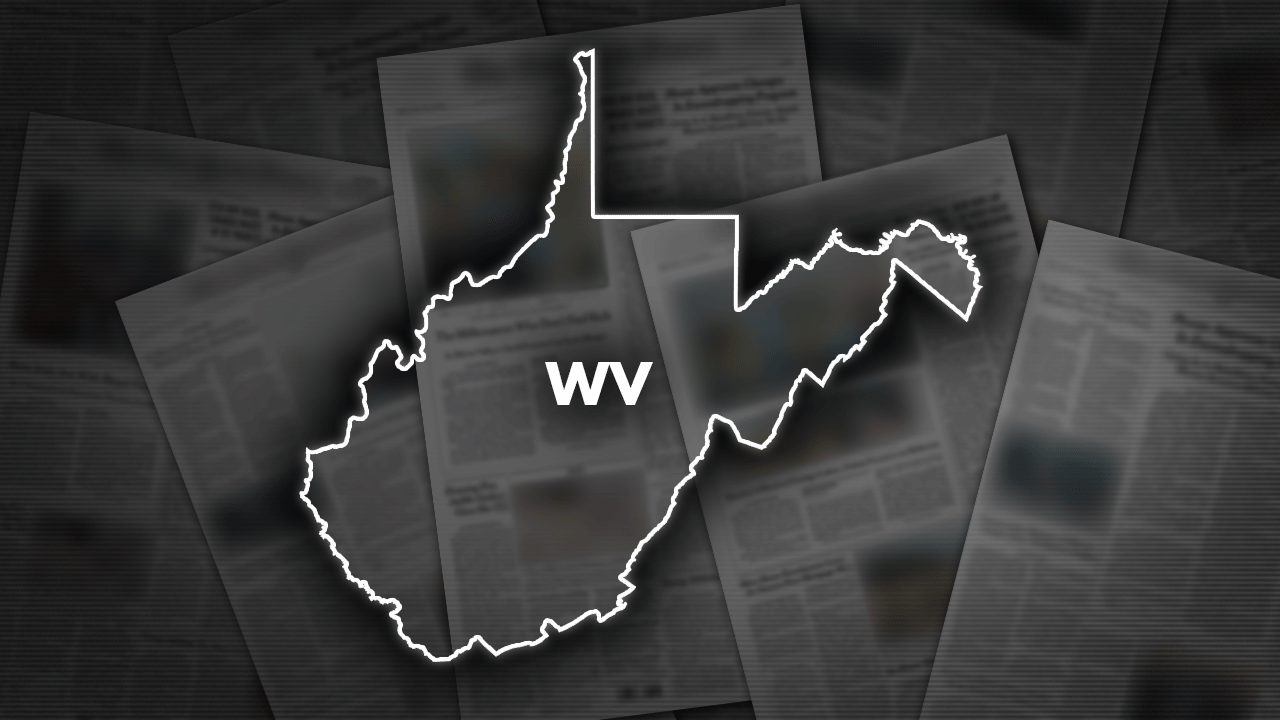Alaska last year broke a grim record: More people in the state died from an opioid overdose in 2023 than any previous year, the Alaska Department of Health reported.
Also, Alaska’s spike in overdose deaths between November 2022 and November 2023 was the highest year-to-year increase in the nation, according to preliminary data from the federal Centers for Disease Control and Prevention.
The state saw a nearly 40% increase in deaths in 2023 compared to the previous year — the vast majority due to fentanyl, the highly potent synthetic opioid that’s ravaged the state. There were 342 fatal overdoses reported in 2023.
“This was a heartbreaking, historical high for the state of Alaska,” Lindsey Kato, director of the Alaska Division of Public Health, said Thursday.
She attributed the rise to increased prevalence of fentanyl in the drug supply as part of a deadly, recent wave in the Western U.S. that followed a similar spike on the East Coast.
After Alaska, Oregon and Washington reported the second- and third-highest increases in overdose deaths in the nation between November 2022 and November 2023, CDC data found.
Alaska’s overdose deaths have been high for several years: In 2022, 247 fatal drug overdoses occurred in Alaska, down from 255 in 2021, with fentanyl responsible for the majority of those deaths.
Alaska is “just now just seeing the real implications of fentanyl consistently in our illicit drug supply,” Kato said.
Fentanyl is popular because it’s cheap and produces a strong high. It’s easy to overdose on because of its extreme potency — it’s 50 to 100 times more potent than morphine. It is sold either as pills or added to street drugs like cocaine, meth and heroin.
Kato said Alaska’s prolonged surge in overdose deaths last year hit Anchorage the hardest — and that Alaska Native men between the ages of 35 and 45 saw the highest death rate.
She said that she had also anecdotally heard of a rise in emergency department visits related to opioid overdoses, and that the state would have additional data to share soon.
She said many of the overdoses involved more than one drug, with methamphetamines at the top of the list.
Alaskans involved in substance abuse treatment and prevention say that a focus has been on disseminating fentanyl test strips, as well as training on the use of naloxone, a nasal spray that can be used to treat a known or suspected opioid overdose.
Last year, the state’s Project HOPE distributed over 46,000 free naloxone kits, Kato said. The reversal drug is also available over-the-counter in most pharmacies for around $45, she said.
“Without those (kits) it’s hard to know how many overdose deaths would have occurred,” she said.
Kato said she was hopeful about the prevention efforts ongoing in the state.
[Swap funds or add services? Government use of opioid settlement cash sparks strong disagreements.]
Alaska is expected to receive around $58 million in national opioid settlement funds over the next two decades. Around $3 million of those funds are now available for nonprofits and local governments to apply to support opioid remediation strategies across the state, the department said Thursday.
More information about applying to the program was available on the department’s website.
Health officials say that Alaskans should not use more than the prescribed amount of a prescription opioid. Officials also say Alaskans shouldn’t mix opioids with alcohol, methamphetamines or cocaine, and should test any illicit substance for fentanyl using test strips.
Officials also recommend that Alaskans check in on friends or loved ones who use drugs regularly, and to always carry naloxone, which has been linked to a 93% survival rate for those experiencing overdoses.
If a person has overdosed, the person responding should call 911, administer CPR and then naloxone.
For a list of organizations that can distribute naloxone kits and fentanyl testing strips, click here or email projectHOPE@alaska.gov. To access help with treatment options in Alaska, call 988.
• • •

:quality(70)/cloudfront-us-east-1.images.arcpublishing.com/adn/7DFOFSHM2RGABAME723AN57T3U.jpg)






:quality(70)/cloudfront-us-east-1.images.arcpublishing.com/adn/RURXDWAHPVEOZP7CA6ER5BFDDE.png)
























